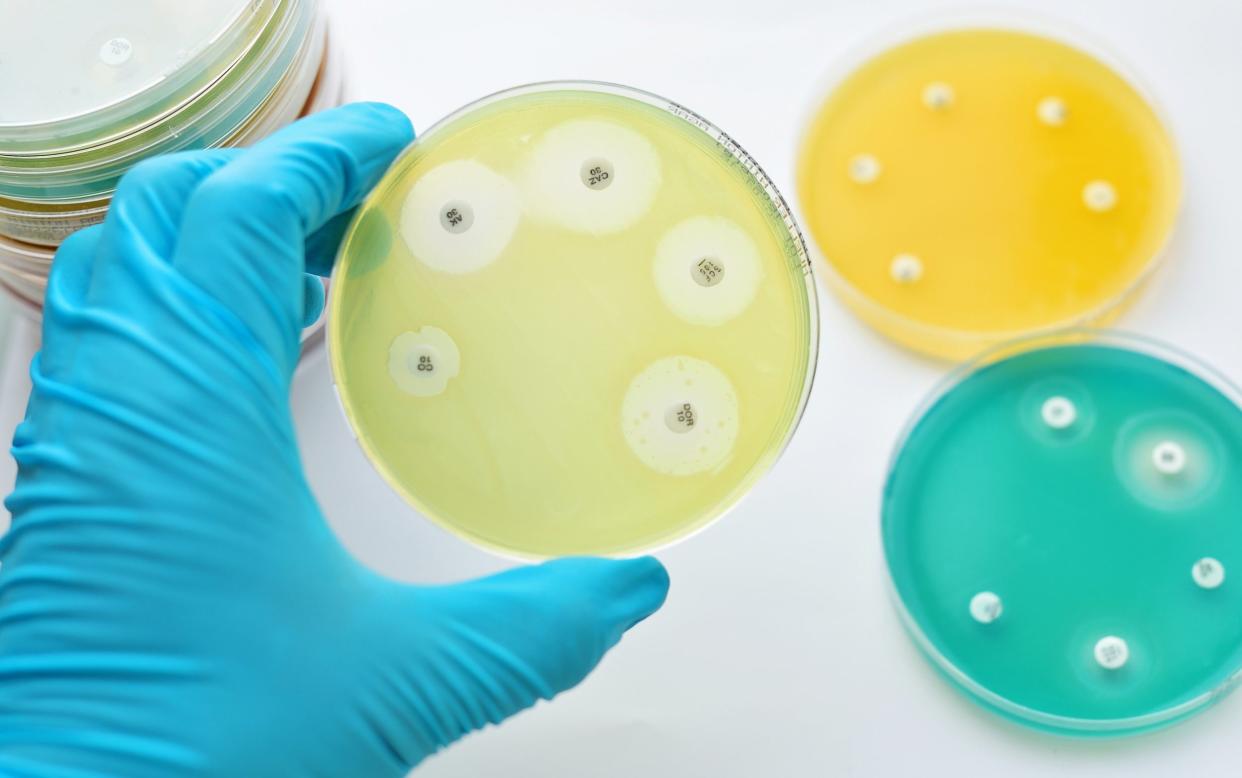Antimicrobial resistance to cause 5.2 million deaths in western Pacific by 2030, new report says

Drug-resistant bacterial infections will kill more than five million across Australia, Japan, Singapore and many other countries in the western Pacific this decade, a new international report shows.
In modelling published on Tuesday, the World Health Organisation warned that antimicrobial resistance (AMR) is a silent pandemic which “poses a serious threat to health systems and economies” throughout the region, which includes 37 nations.
Between 2020 and 2030, superbugs are projected to cause 5.2 million deaths. Two bacteria – MRSA and E.Coli – will account for more than 80 per cent of deaths, the WHO said. This will make AMR a far bigger killer than HIV/Aids and tuberculosis in the western Pacific.
Drug resistant infections will also have significant economic impacts, costing the region close to £120 billion in lost productivity and healthcare costs.
“Governments must pay policy and financial attention to addressing AMR, proportionate to its impact compared with priority diseases such as diabetes, as an investment in the economy for the future,” said the report, which is the first regional analysis of the impact of AMR.
It added: “Money spent now on interventions that mitigate the impacts of AMR will be well spent, saving on future health-care costs and protecting the workforce and economy.”
The ‘silent pandemic’
AMR, which has been linked to the misuse of antibiotics, is an escalating health emergency across the world.
Global estimates last year warned at least 1.27 million people died due to resistant infections in 2019 alone, while a further 4.95 million deaths were associated with drug-resistant superbugs.
In Europe, the European Centre for Disease Control said there were 35,000 fatalities a year linked to AMR between 2016 and 2020.
But experts are concerned that the situation is set to get worse, as the rate of resistance is increasing much more rapidly than the arrival of new drugs.
Last summer, the WHO warned that there are only 27 new antibiotics in clinical development – it is unlikely they will all prove effective – while only 12 new drugs have been approved since 2017. Worryingly, 10 of these belong to existing classes with established mechanisms of antimicrobial resistance.
The latest WHO report comes after a study in the Lancet in January warned that sewage and wastewater treatment plants across Southeast Asia and the Western Pacific contain significant traces of antibiotics, raising fears that they are “hotspots” for the emergence of drug-resistant infections. This is because it could allow a mix of microbes to easily exchange resistant genes.
“AMR is a cross-cutting, silent pandemic,” the WHO said on Tuesday. “It threatens maternal, child and reproductive health, infectious disease management, cancer therapy, surgical interventions and health security. Mitigating measures against AMR are an integral component of emergency preparedness and primary health care.”
Anthony McDonnell, a senior policy analyst at the Center for Global Development, called the report “sobering”.
“It would be far cheaper to invest money in averting this ‘silent pandemic’ now than to let the situation deteriorate further,” he said. “The estimated $148bn cost of resistance to this one region is greater than any estimates for the cost of tackling the problem - for example, it would cost an estimated $40bn a year to implement the global recommendations in the Review on AMR led by Jim O’Neill.”
Protect yourself and your family by learning more about Global Health Security

 Yahoo News
Yahoo News 
